
By Karishma Chauhan
The mountains can teach you many things, but some lessons are best learned before you hit the trail. Here are ten tips for women backpackers that will hold you in good stead on your next getaway. Whether you’re a beginner and are about to embark on your first trek ever, or are taking your trekking to the next level with a high altitude expedition, we believe that these tips will help a woman backpacker get the most out of her next adventure.
1. Pick the right shoes and buy them well in advance
No matter what kind of trek you are undertaking, you are going to be spending A LOT of time on your feet. There is no greater torture than a pair of shoes that choose to pinch or bite at your toes and ankles when you are on a trek. Do not trek in running shoes, gym shoes, or sneakers. They will not last on rough terrain and can cause serious discomfort to you when you are walking.
This is the most critical of the ten tips for women backpackers. Invest in a good pair of trekking shoes at least 2 months before you have to trek. These need to be as light as possible, because every gram counts when you’re tired, especially at high altitude. They should have a solid grip with big lugs (those rubbers patterned blocks on the soles). Make sure the shoes you buy are waterproof in case it rains or snows. Wet shoes feel miserable, are extremely uncomfortable, and can cause painful blisters. Ensure that your shoes have high tops to support your ankle and prevent it from twisting. This will also protect your shoes from getting wet if you happen to step into a deep puddle by mistake. Since many women are not used to wearing shoes that restrict ankle movement in this manner, this may take a little getting used to. This is another reason why you need to buy your shoes in advance, wear them for extended durations of time every day, and walk around in them as much as possible BEFORE you start trekking.
Most importantly, DO NOT FORGET TO CARRY YOUR TREKKING SHOES. It’s surprising how often this happens. We tend to leave our shoes out because they can be bulky and may not fit in our rucksacks so we pack them in a separate bag to carry as hand baggage. This bag almost always gets left behind, leaving a lot of unwitting trekkers stranded with only a pair of crocs/whatever footwear they travelled in, and just a few hours to go before they start trekking.
Carry a pair of floaters/Keanes: Sandals are an excellent option to carry with you to change into when you are done with your trek for the day. After 6-10 hours of walking in your trekking shoes, you will want to take your shoes off and let your feet breathe at the end of the day. It is much easier to wear floaters for short walks around the campsite or the journey home after your trek. Remember that there is a good chance that the weather might be cold and that you might still need to walk short distances on uneven ground. Avoid taking slippers or footwear that has toe separators since you may need to wear warm socks with your floaters if it is cold. Avoid anything with heels and avoid an absolutely flat (without grip) sole. Pick floaters with a good grip so you do not slip on any smooth, wet surfaces that you may encounter. Make sure the straps of your floaters are strong and secure so that they do not snap or come apart and can protect your feet in case your foot gets caught on a stone or you trip over something.
Believe us when we tell you, Shoes are EVERYTHING!
2. Make sure your nails are kept short
While we are on the subject of foot care, here’s a little pro-trekking tip for women backpackers; as strange as it sounds, make sure your nails are kept short before you start trekking. Long nails tend to break due to the constant impact they suffer against the top or front of your shoes while you are trekking, or while you’re trying to clamber over rocks and uneven terrain using your hands for support. This can be both frustrating, and painful, and can seriously impair your trekking experience.
3. Backpacking and Apparel Tips for Women
It can be difficult to decide exactly what and how much to pack to cater for every situation, and still stay within the stipulated weight limit, or even to fit all your things into your rucksack. So let’s talk about a few basic tips on what to pack and how to pack it.
In the choice between comfort and vanity, always choose comfort. Trekking gear should be light, should fit well, and must be easy to pack. This applies to everything from clothing to accessories. Woolen clothes are bulky, heavy, and do not offer any protection from the rain or wind. What’s more, they take a long time to dry if you get caught in the rain or snow. Avoid carrying these on a trek. Down jackets or even warm poly-fill jackets with a wind and waterproof outer jacket are a much better choice.
If you want to read more about women backpackers, visit Avantika’s Blog,
If you’re borrowing jackets and windproof pants from a friend, make sure they fit you well. Do not carry clothes that are tight or snug hoping that they’ll fit better at the end of the trek. Oversized clothes are also cumbersome and obstruct movement. A lot of stores now offer trekking gear specifically designed for women and in doing so, can provide you with several options and a wide variety of choices. This is one of the most practical tips for women trekkers and often gets overlooked.
4. The onion theory
Temperatures can vary substantially during the course of a trek and the weather often throws a few surprises your way when you least expect them. Layering is the best clothing strategy when trekking. It allows you to adapt your clothing to the environment and is an easy solution for the ever-changing weather. For more information on how to layer up for a trek, check out our video on layering.
If you are preparing for a long trek, it can be challenging to find the right balance between wanting a fresh pair of clothes each day and staying under the stipulated weight limit so that your rucksack doesn’t get too heavy. Laundry facilities are largely non-existent on most treks, and there is rarely enough time to wash your clothes while on a trek.
The best way to plan your wardrobe on the trail is to ensure that you carry a fresh T-shirt, pair of socks, and a pair of underwear for each day of the trek. Since these articles of clothing are in direct contact with your skin, they are the ones that are most likely to need refreshing. Remember that if you are trekking in cold conditions, you will not be sweating much and therefore may not need to change your clothes as frequently. The same pair of thermals and pants will usually last you 3-4 days. If you tend to feel colder than most people, it is always a good idea to pack an extra layer as a backup.
Underwear tends to be an awkward subject for people to ask and address. While preferences and choices differ widely, my personal recommendation is to wear comfortable, regular, cotton inner-wear, or sports bras (if you usually wear these while working out). Make sure that these fit well too. Tight underclothes can cause restricted blood-flow, movement and great deal of discomfort. Lace and synthetic fabric is poorly suited to the cold and can cause chafing and inconvenient rashes while you’re walking so don’t buy these specifically for your trek unless you’ve been using them all along.
Do not go overboard on carrying thick, heavy jackets. One good thermal inner (such as a down/fleece jacket) and good water-and-wind proof outer jacket should see you through the entire duration of your trek. This may sound less than ideal to some women, but trust me, this is a really useful trekking hack.
Carry one set (maximum of 2) of warm comfortable clothes exclusively for you to change into at the end of the day. Since you will only be wearing these in the evenings and to sleep at night, this set will stay relatively clean and provide huge relief from the dusty pair of clothes that you’ve been wearing during the day.
5. Menstrual care and Hygiene for Women Backpackers
While this is sometimes incorrectly viewed as a taboo topic, treks usually put your body under an additional degree of physical and mental stress and it is not uncommon for this to lead to an untimely period. Stress aside, most high altitude treks are at least 2 weeks long so there is a good chance that some women will have ‘aunt flow’ tagging along for company on the trek, and almost all the others are likely to experience the emotional roller-coaster that PMS is all too famous for, just as a result of coincidental timing. If you’re worried about how to deal with your period on a trek, here are a few tips that we believe can really help:
Medication to advance/delay menstruation
If you have a regular period and know that you are likely to get it over the course of a demanding trek, you may want to consider taking medication to advance/delay menstruation during this time. This is also a good option to consider if you usually suffer from severe cramps and are low on energy during your period. The medication is usually easy to procure, does not have harmful side effects, and is not very expensive. However, if you are leaning towards this as an option, make sure you consult a gynaecologist before you do so. That way, your doctors can guide you on the appropriate course of action, medication, and dosage that you need to take. They will need to know the date of your last period and the average length of your menstrual cycle so keep track of both and have that information ready for them.
Personal Hygiene
Many women are not in favour of altering their dates for myriad reasons. If this describes you, do not worry. Trekking when you have your period can be a little inconvenient but it is far from impossible. Let’s talk about personal hygiene first. Bathrooms with running water are a luxury when it comes to trekking and are not usually available, but wet-wipes are a great alternative and work like a charm. Carry packs of toilet paper and anti-bacterial wet-wipes with you so you can use them every time you need to change. If you are prone to cramps, consult your doctor and carry antispasmodic medication with you. Most of these are safe to take even at high altitude, do not interfere with acclimatisation, and will make your trekking experience a more comfortable one.
Different Menstruation Products
Major debate tends to surround the subject of whether it is better to use sanitary pads, tampons, or sustainable menstruation products such as a menstrual cup. If there is one recurrent theme through this blog, it is that you should not experiment with ANY new product for the first time on a trek. Use what you always do. If you are considering switching products, make sure you use them a few times before the trek and are comfortable walking around in them for long periods of time.
1. Sanitary pads/ Napkins
When it comes to sanitary pads/napkins, thin pads with wings are ideal (if these are comfortable for you and do not ordinarily cause chafing or rashes). Washable pads are more sustainable, but washing and drying will not be possible in most places so avoid using these on a trek. Used disposal pads can be wrapped in toilet paper or in the covers that they come in and dropped safely into trash bins that will be present at the campsite.
2. Tampons
If you are used to tampons, these are definitely more comfortable to wear as they eliminate the risk of chafing. However, since there is generally no flushing system, tampons need to be disposed of the same way that has been described above for sanitary pads.
3. Menstrual cups
Menstrual cups are extremely efficient and are personally my favourite product. They can be emptied and wiped clean with tissue and wet-wipes without risking any infection. Most people are not very familiar with these so even if you need to boil them when you are done with your period, they are unlikely to get offended or awkward (so long as the product is clean).
In all three cases, much depends on your flow as well. The stress of the trek can cause changes in the way you experience your period in terms of symptoms, flow, and duration so do not be alarmed by an abberation in either if this happens to you. Women who experience a heavy flow need to change more often. This can be especially challenging if it happens to be a long day on a relatively exposed trail. Carry extra pads/tampons (just one or two, not a whole pack) in your day-pack just in case you need to change midway.
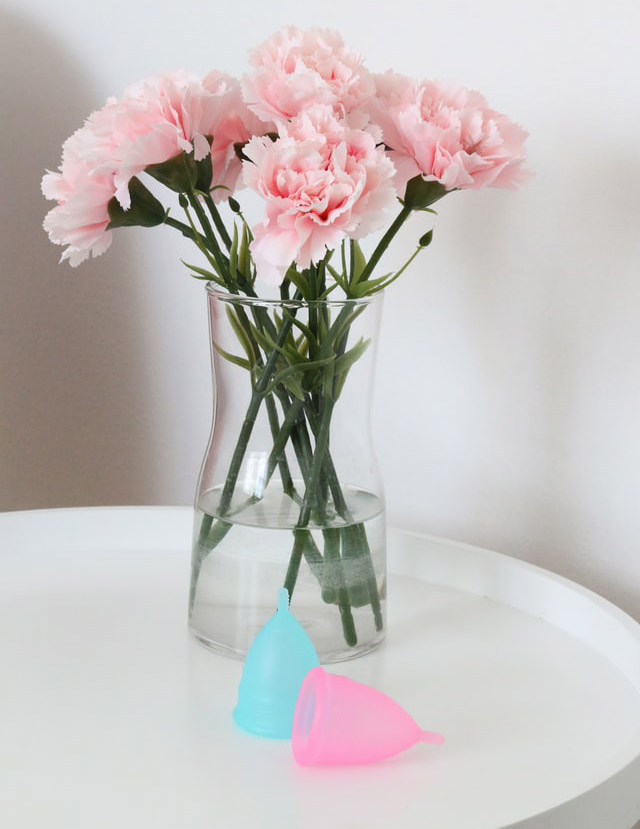
At the risk of stating the obvious, remember that the ecosystems that you are trekking through are extremely sensitive and can not tolerate irresponsible disposal of any kind of waste, especially pads since these are generally not biodegradable.
6. Bathing & Bathrooms Tips
Limited access to running water makes having a bath every day rather difficult, (and is ill-advised, in any case). Sanitizer and wet-wipe baths are an adequate replacement for most, but for women who are particular about hair care, this can be quite distressing (pun intended). Dry shampoos and leave-in conditioners are a good temporary fix in this case and are a more elegant solution than using cornstarch straight out of a pack, even if that is what they contain for the most part. Avoid carrying bulky Turkish towels on a trek. Thin, lightweight, and quick-drying towels are far more useful and take up less space.
Using wet-wipes is a great way to stay clean and fresh during a trek. It is also a good idea to carry a small bottle or a mug for when you need to wash your face or brush your teeth, etc (in case the campsite does not have an indoor washroom and toilet facility). Toilet/tissue paper is extremely useful. A single roll will generally last for at least a week to ten days so you are unlikely to need more than two rolls over the course of your trek.
A ‘PeeBuddy’ is a great accessory for women and is worth checking out. As the name suggests, it allows you to ‘go’ outdoors without requiring you to squat or disrobe much. It is really convenient to use but we strongly recommend practicing using it for a week or two at home before your trek so that you can just umm…go with the flow if you need to use it on the trail.
7. Cosmetics for Women Backpackers
Women tend to have softer, more delicate skin so cold, dry conditions combined with the intensity of the sun rays that are usually prevalent on a trek are much harsher on them than on men. With that in mind, you may want to consider revising the contents of your favourite make-up/vanity kit before a trek.
Sunscreen
Sunscreen is absolutely essential for men and women alike on a trek so do not leave home without it. Choose a sunscreen that has an SPF reading of 50 or above and is waterproof and sweatproof if possible. If not, carry it in your day pack and apply an additional layer when you take a break.
One of the lesser-known facts about sunscreen is that it actually dries your skin out, particularly those that contain Zinc Oxide, which incidentally is one of the best compounds to combat the absorption of UV rays on the skin. Therefore, it is important to carry a good face and body moisturizer, or, more specifically, good cold cream and apply it once you get to your camp.
Moisturizing sunscreens usually have low SPF readings so be mindful of the minimum requirements here before you pick up a product that combines the two. Since you will be wearing sunscreen throughout the day, the use of cosmetic products such as foundation and concealer is not recommended.
Contact lenses
Avoid wearing contact lenses on a trek as they can fall out, tend to freeze in cold conditions, and can be uncomfortable since the dry air may irritate your eyes.
Petroleum jelly
Dry weather also brings with it the risk of chapped lips, along with cracks and scrapes on the skin of your hands and feet, especially around the nails. Petroleum jelly like Vaseline, chapstick, and body butter help prevent this from happening so be sure to pack these.
Other Beauty Products
Lipstick is not as effective in this regard and can be omitted from your packing list. Eyeliner tends to spread due to the sunscreen as well so smudge-proof products are worth looking into but ensure that you sample and use these at home before bringing it on the trek so that it does not react adversely with your eyes. A small, compact mirror is often useful in the mornings since these tend to be fairly scarce on a trek and are not common items for a campsite either.
8. Accessories for Women Backpackers
Rainwear
In terms of rainwear, waterproof clothes are always preferable on a trek. Do not carry an umbrella as these are not effective against heavy downpours and strong winds and will restrict your movement to a large extent. It’s important to keep your hands free in case you need them to help you balance or clamber over certain sections of the terrain.
Torch
Similarly, a head torch is ideal for treks. However, if this is not available, a handheld torch is the next best option.
Mobile phones
As convenient as it might seem, do not rely on your cellphone to serve as a torch (or mirror or camera as far as possible) on your treks. Charging facilities are not always available and almost always need to be paid for. Most trekking routes have poor cell phone reception on the trail and even when mobile signals are available at all, they are generally strongest at the campsites. More pertinently, trekking trails are ruthlessly unforgiving to mobile phones that slip from one’s hands and have mastered the art of cracking screens despite the presence of extremely robust protective covers.
9. Which bags to carry on a Trek?
First things first. Suitcases and handbags do not work on a trek. If you are carrying your own bags, a rucksack is the ideal option of choice. If you see yourself trekking regularly, a good rucksack is well worth the investment, and is perfectly designed with waterproofing and internal compartments to cater to all your trekking needs. Some trekking destinations such as Nepal, Tanzania, and Ladakh also offer these to trekkers on rent. Rucksacks are great even if your bags are being carried by porters/yaks/mules but in this case, some women might prefer carrying an airbag/duffel bag on a trek instead which also works well, serves the same purpose as a rucksack, and provides easier access to one’s belongings.
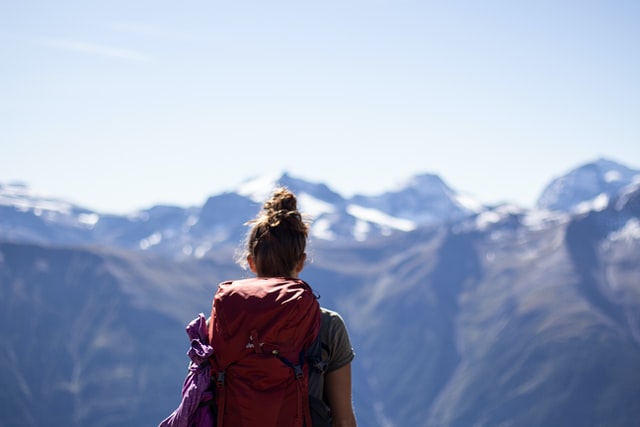
If you plan to arrive at a popular trekking destination (such as Nepal, Tanzania, Ladakh, etc) via air, it is a good idea to add a unique, noticeable marker of some sort (a ribbon/baggage tag) that can help you identify your bag easily and avoid any potential mix up with other trekkers who might be carrying similar-looking bags.
Packing your backpack
Rolling your clothes up into tight rolls (as opposed to folding them) will save you a lot of space. It is always a good idea to waterproof the contents of your rucksack by packing them in plastic bags. Another great packing hack is to pack your clothes as sets in independent plastic bags; that way you only have to take out one set at a time and can avoid rummaging through your entire bag and having to repack every time you want to change.
10. Keep Calm and Carry On
On a parting note, and as an addendum to the section on menstrual cycles in general, in the mountaineering circles, we often refer to PMS as AMS’s (Acute Mountaineering Sickness) annoying little cousin. While we laugh this off as a joke at most times, the mental struggle for women dealing with PMS on a trek is very very real and makes it that much harder! There are going to be difficult and frustrating stretches on some treks where you will miss home and have moments where you find yourself wondering why you decided to spend your holiday torturing yourself. I find that it helps to look back during these moments on everything that you have accomplished, look at how far you’ve come, and remind yourself that every long journey is nothing but a measured number of very tiny steps and deep breaths. In my case, there is, of course, the more foolproof method of just putting me in front of a camera. Instant smiles guaranteed for everyone except my unwitting spouse, for whom this tactic generally spells instant death instead. Then, count to ten, show the world who is boss and know that women can do absolutely anything that they set their minds to.
About the Author
Karishma Chauhan is an avid trekker and adventure enthusiast, having started hiking from a young age. Among her several achievements, she has trekked extensively in Himachal, Ladakh, the Everest Base Camp in Nepal as well as climbed Mt. Kilimanjaro.

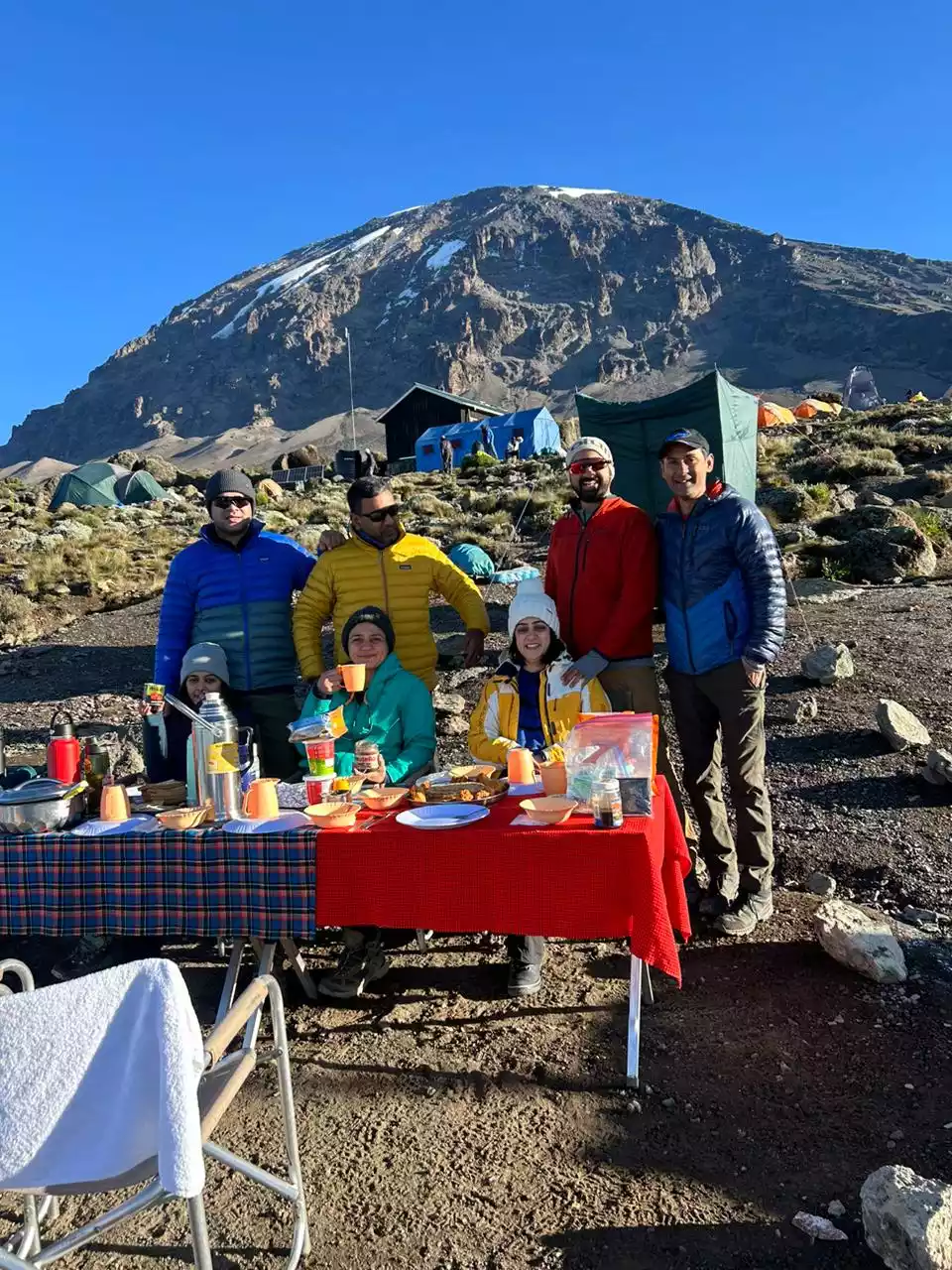
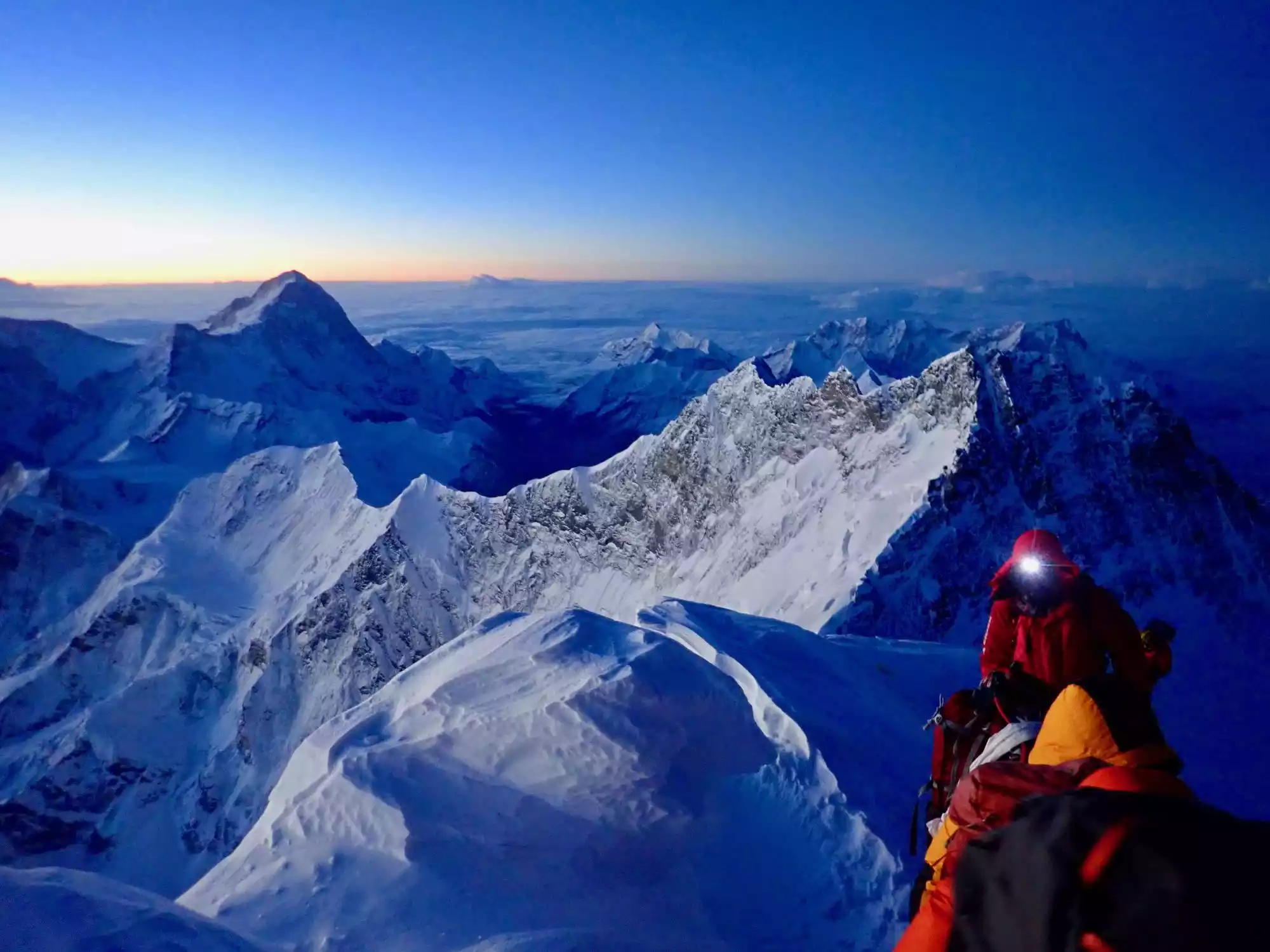
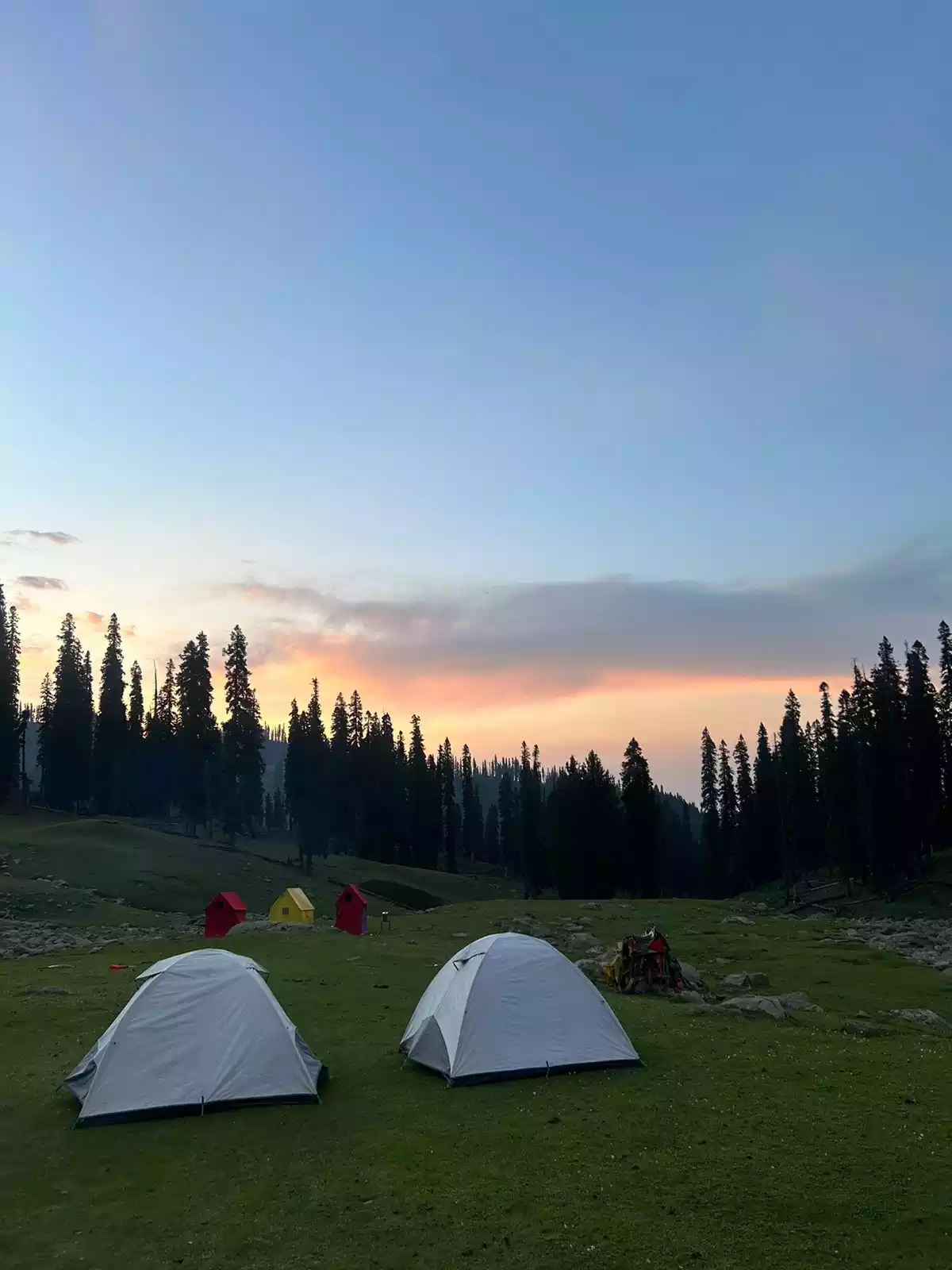
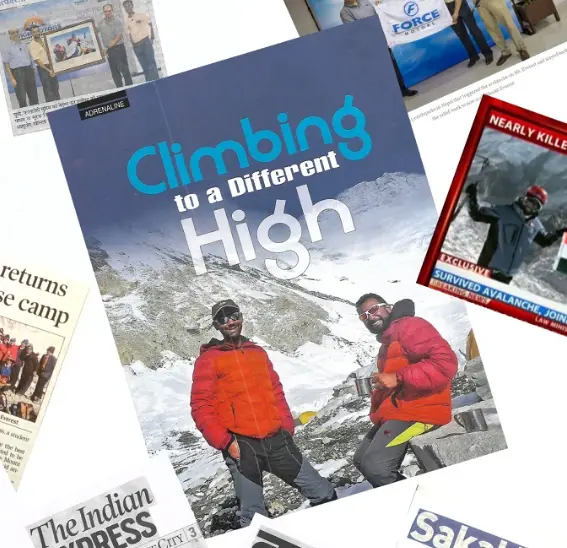
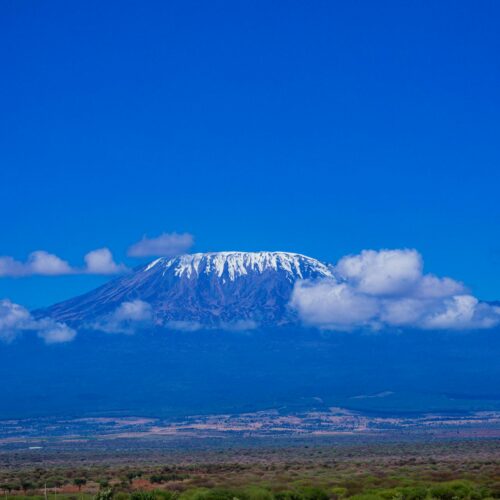


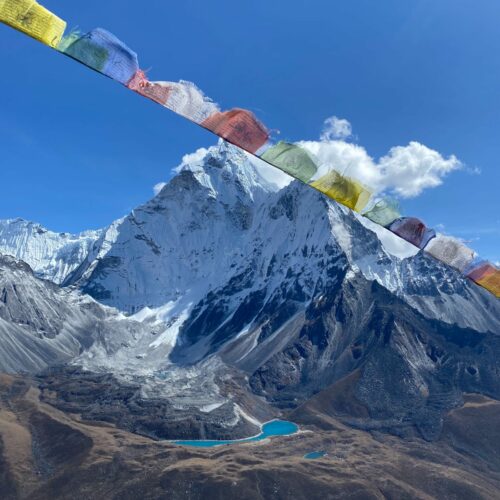



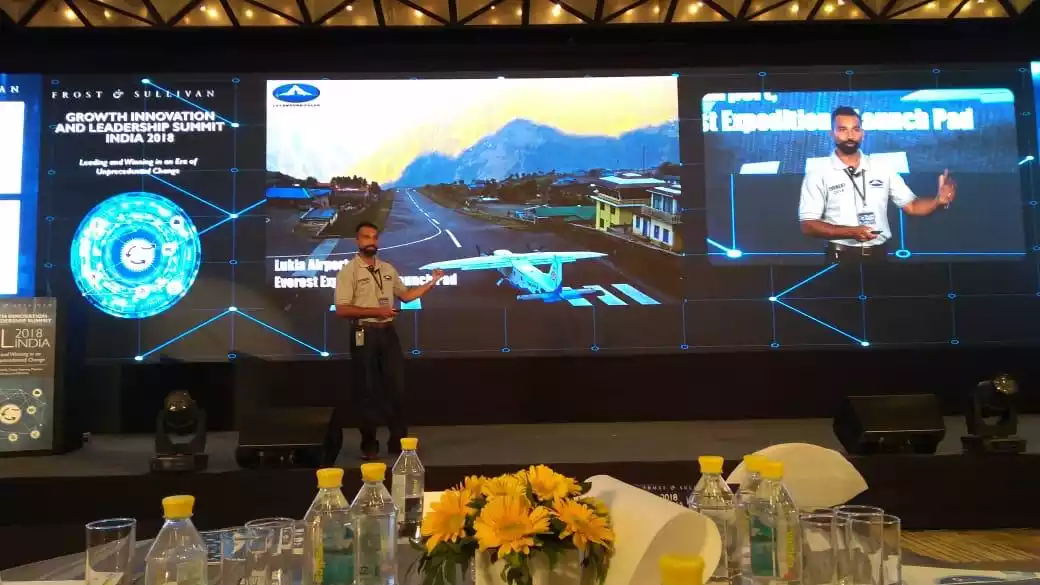
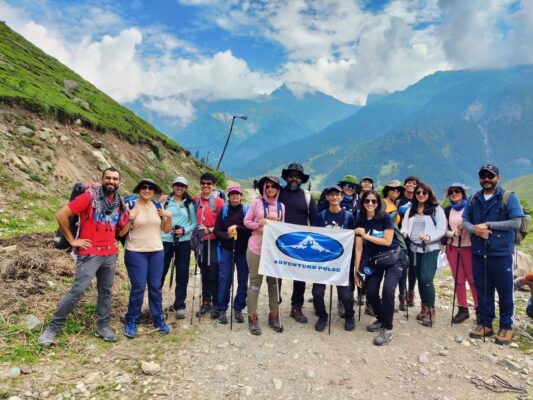
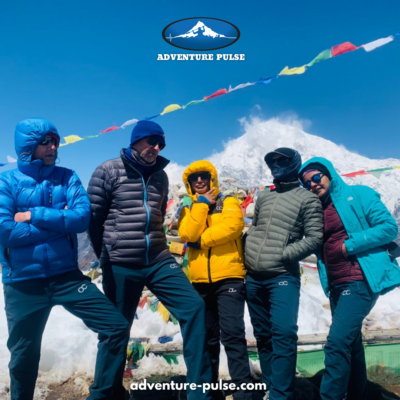
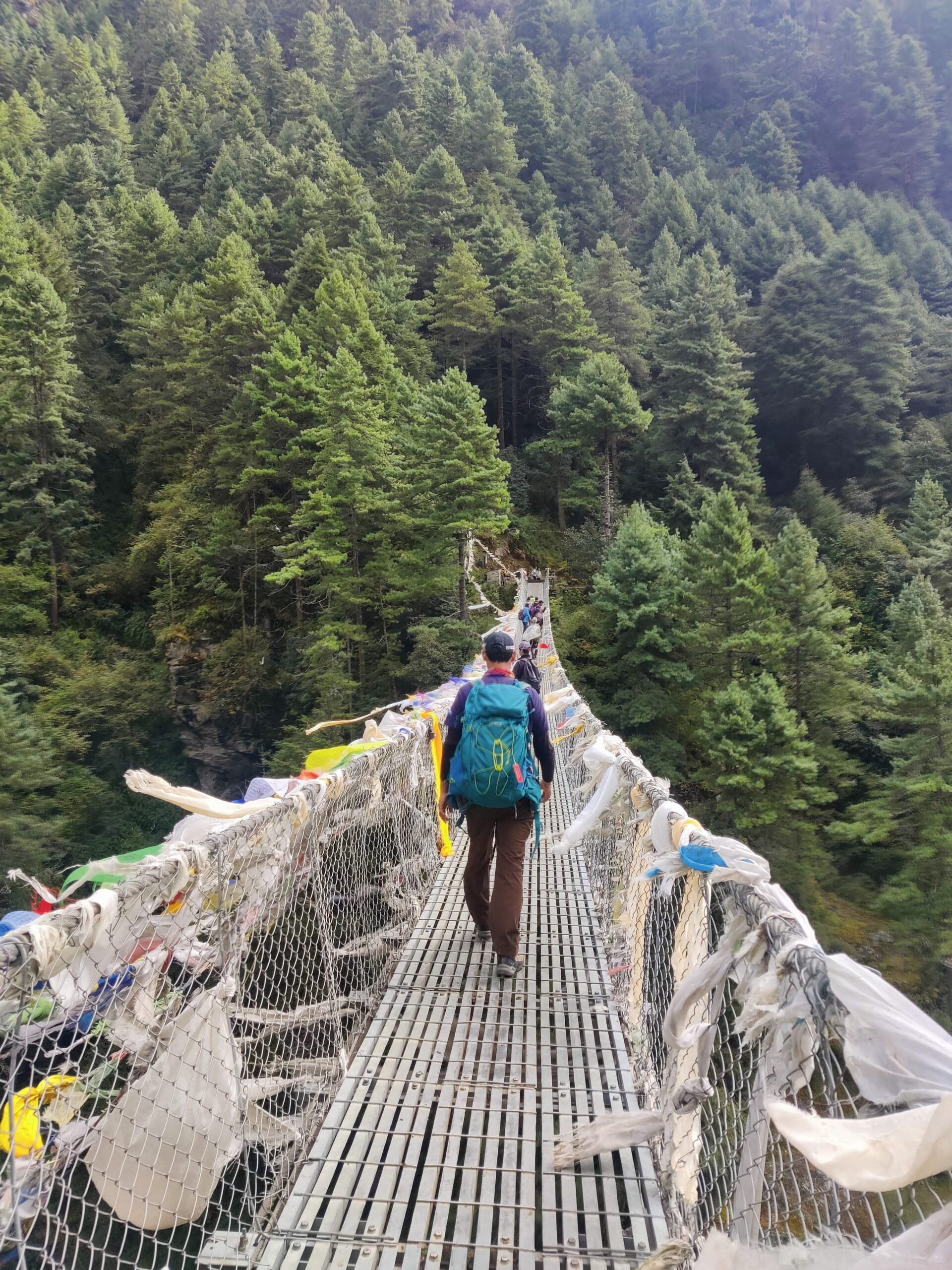
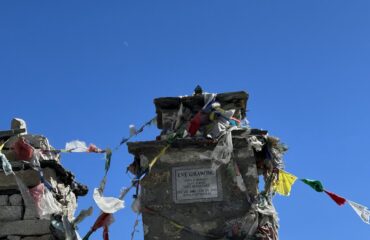

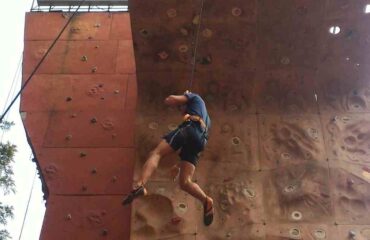
Thanks for the great tips here. Can you also please add information about the best types of bras to wear and carry on a trek?
[…] 10 Expert Tips for Women Backpackers in the Himalayas (2020) […]
Good One, You really did a fantastic job, Thanks for so much info
Great article . Extremely helpful .
Nice post! I read your blog it is truly valuable, whatever tips you share it informative to all Himalayan trekkers. Keep posting the such blog in the future too.